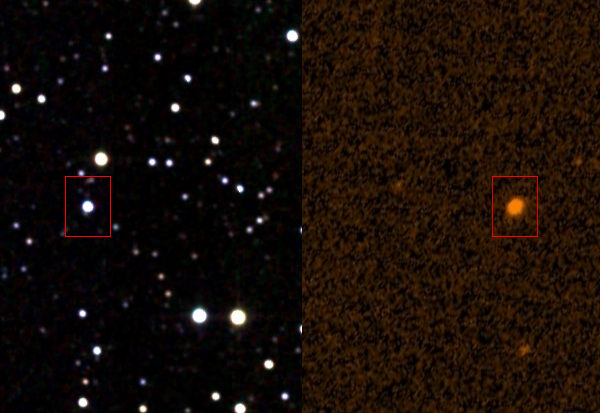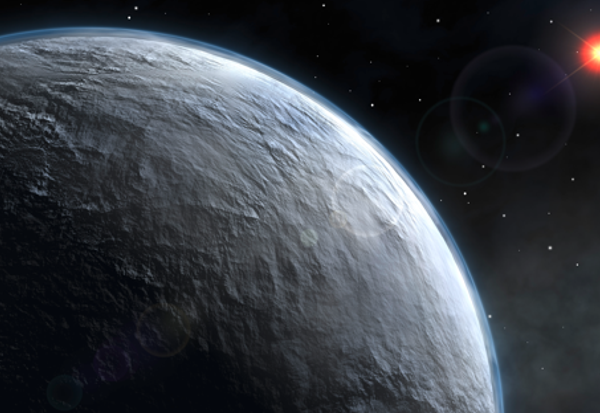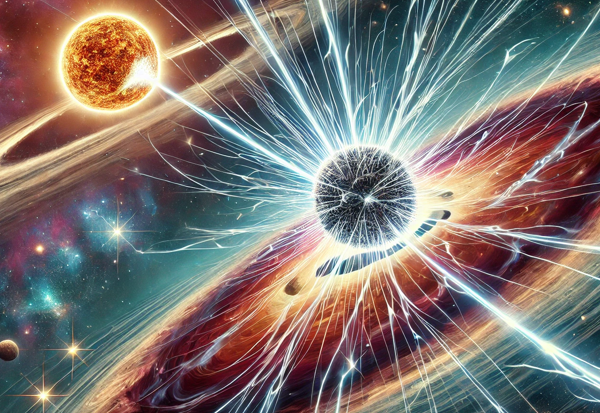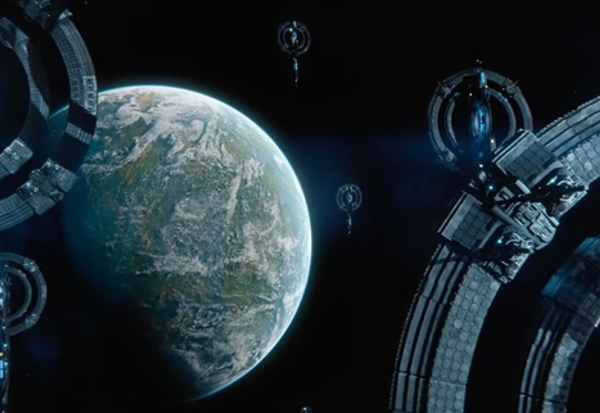Hypervelocity stars (HVS) are a rare and fascinating phenomenon in our galaxy. Moving at speeds exceeding 1,000 kilometers per second—enough to escape the gravitational pull of the Milky Way—they challenge our understanding of astrophysics and cosmic dynamics. Most of these stars are thought to be ejected from their home systems through natural processes, but could some of them be the result of deliberate actions by an advanced civilization?
What Are Hypervelocity Stars?
Hypervelocity stars were first discovered in 2005, and since then, their peculiar nature has captured the attention of astronomers. These stars are typically ejected from the galactic core, where interactions with the supermassive black hole Sagittarius A* provide the immense energy required to propel them into interstellar—and even intergalactic—space. Other mechanisms, such as supernova explosions in binary systems or collisions between galaxies, are also considered possible origins for these stellar speedsters.
What makes hypervelocity stars so intriguing is their sheer energy and isolation. They are often found far from the galactic plane, racing through the emptiness of intergalactic space, seemingly without a home.
Could Advanced Civilizations Propel Stars?
The idea that hypervelocity stars might be engineered by advanced extraterrestrial civilizations falls under the umbrella of the Kardashev Scale. This theoretical framework classifies civilizations based on their energy consumption, with a Type II civilization capable of harnessing the energy output of an entire star and a Type III civilization controlling the resources of a galaxy. If such advanced civilizations exist, the manipulation of stellar dynamics would be well within their technological reach.
Never Miss A Story
Potential Motivations for Driving Stars
- Interstellar Colonization:
An advanced civilization might harness a star as a “ship” to carry its planets, resources, and habitats across the galaxy. By altering the trajectory of a star, they could create a mobile stellar system, effectively spreading their reach. - Energy Harvesting:
Stars contain vast amounts of energy. Moving a star closer to specific regions, such as resource-rich areas of the galaxy, might optimize energy extraction. - Strategic Purposes:
Propelling stars could serve as a form of defense or territorial marking in the galaxy. A hypervelocity star could disrupt enemy systems, clear hazardous areas, or act as a warning to other civilizations. - Experimental or Aesthetic Goals:
Highly advanced civilizations might engage in large-scale cosmic engineering for purposes we can’t even imagine—scientific experiments, art, or even religious endeavors.
How Could They Propel Stars?
If an advanced civilization wanted to propel a star, they would need an enormous energy source and precise control mechanisms. Several theoretical technologies could accomplish this:
- Dyson Swarms or Stellar Engines: Structures surrounding a star could redirect its energy output to create thrust, much like a rocket engine. The Shkadov Thruster, a hypothetical megastructure, is one example of how starlight could be focused asymmetrically to push the star.
- Gravitational Manipulation: Using massive objects, such as black holes or neutron stars, an advanced civilization could engineer close encounters to sling stars into hypervelocity trajectories.
- Exotic Physics: If such a civilization had mastered technologies beyond our understanding, such as manipulating dark energy or spacetime itself, the possibilities for stellar propulsion would expand dramatically.
Clues from Observations
For astronomers, the challenge lies in distinguishing natural hypervelocity stars from potentially engineered ones. Signs of artificial origin might include:
- Unusual Trajectories: Stars moving in ways inconsistent with known natural processes.
- Companion Objects: Evidence of megastructures or debris near the star.
- Clusters of Hypervelocity Stars: A group of stars moving in a coordinated fashion might hint at deliberate manipulation.
- Spectral Anomalies: Changes in the star’s composition that suggest tampering or artificial energy sources.
So far, no such evidence has been observed, but given the vastness of the galaxy, our data remains limited.
Conclusion
The natural origins of hypervelocity stars are well-supported by astrophysical theories, but the idea of advanced civilizations engineering such phenomena opens up a realm of exciting speculation. While no concrete evidence exists to suggest extraterrestrial involvement, the concept challenges us to think beyond our current understanding of physics, engineering, and the universe. As technology improves and we discover more about these stellar sprinters, the question remains: are hypervelocity stars purely natural phenomena, or could they be the work of a civilization far beyond our own?
Exploring this possibility may not only help us uncover the secrets of hypervelocity stars but also guide us in the search for intelligent life elsewhere in the cosmos.
What’s New?
- Is Tabby’s Star evidence of a Type II Civilisation?
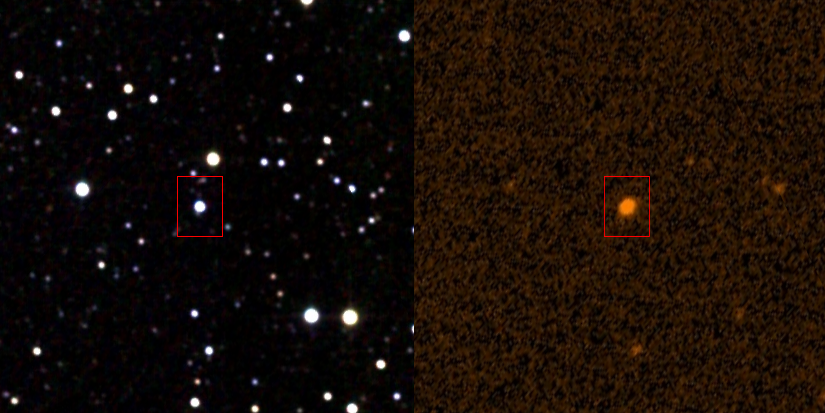
- New research suggests that Dark Matter is ‘Heavy’
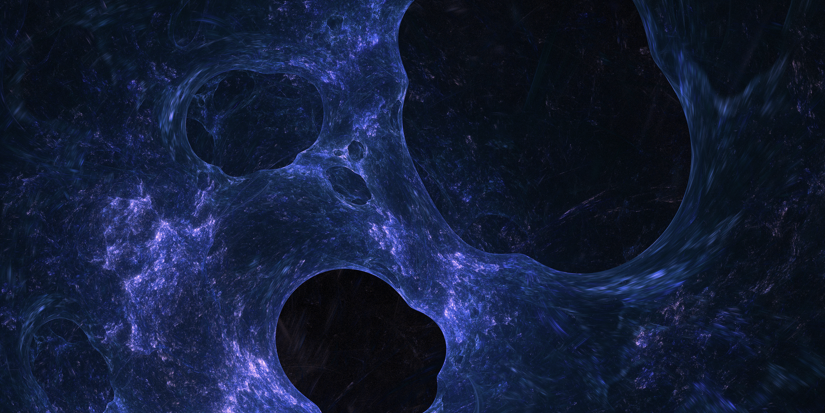
- JWST confirms our understanding of the universe is wrong
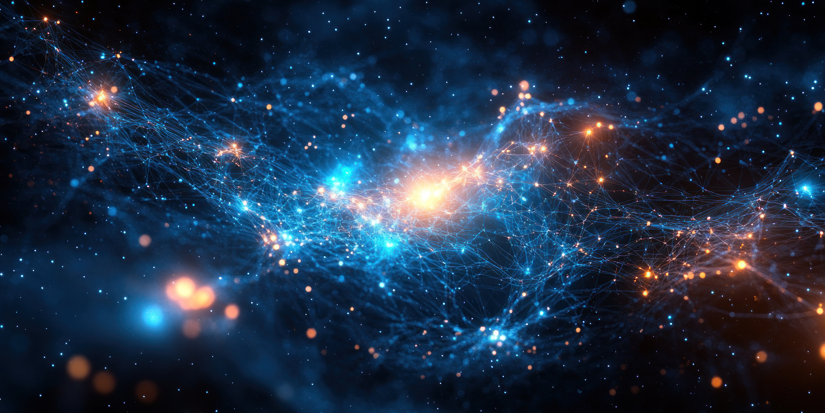
- OpenAI’s o1-Preview has outperformed Doctors

- Hypervelocity Stars could be evidence of an advanced civilization
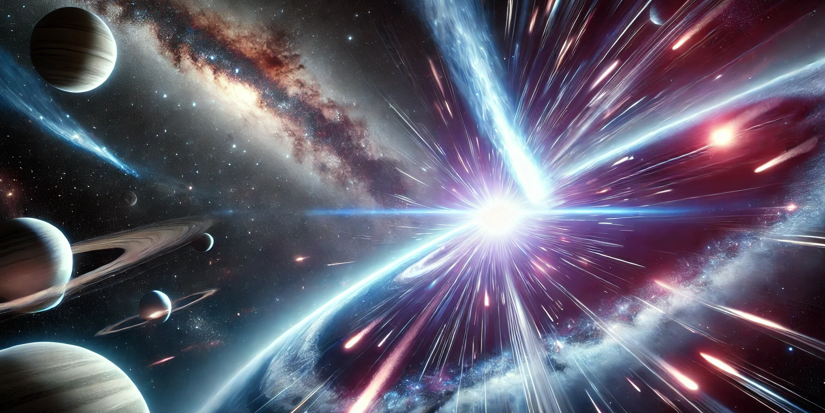
- How does the Tardis from Dr Who actually work?


